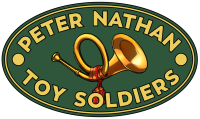28th Feb 2023
John Jenkins Designs: Last Normans for the 1066 series
John has just sent the previews of the last releases for the Norman army in the 1066 Hastings series:
The Battle of Hastings took place on the 14th October 1066. Although the numbers on each side were about equal, William had the advantage of having both cavalry, infantry and many archers.
Harold had only foot soldiers, and few archers. The English formed a shield wall along a ridge, and were initially so effective that the invading Norman army was repeatedly thrown back with heavy casualties.
BISHOP ODO OF BAYEUX
Odo was the son of William the Conqueror’s mother Herleva and Herluin de Conteville. There is uncertainty about his birth date, and it is believed he was born around 1035. Duke William made him bishop of Bayeux in 1049.
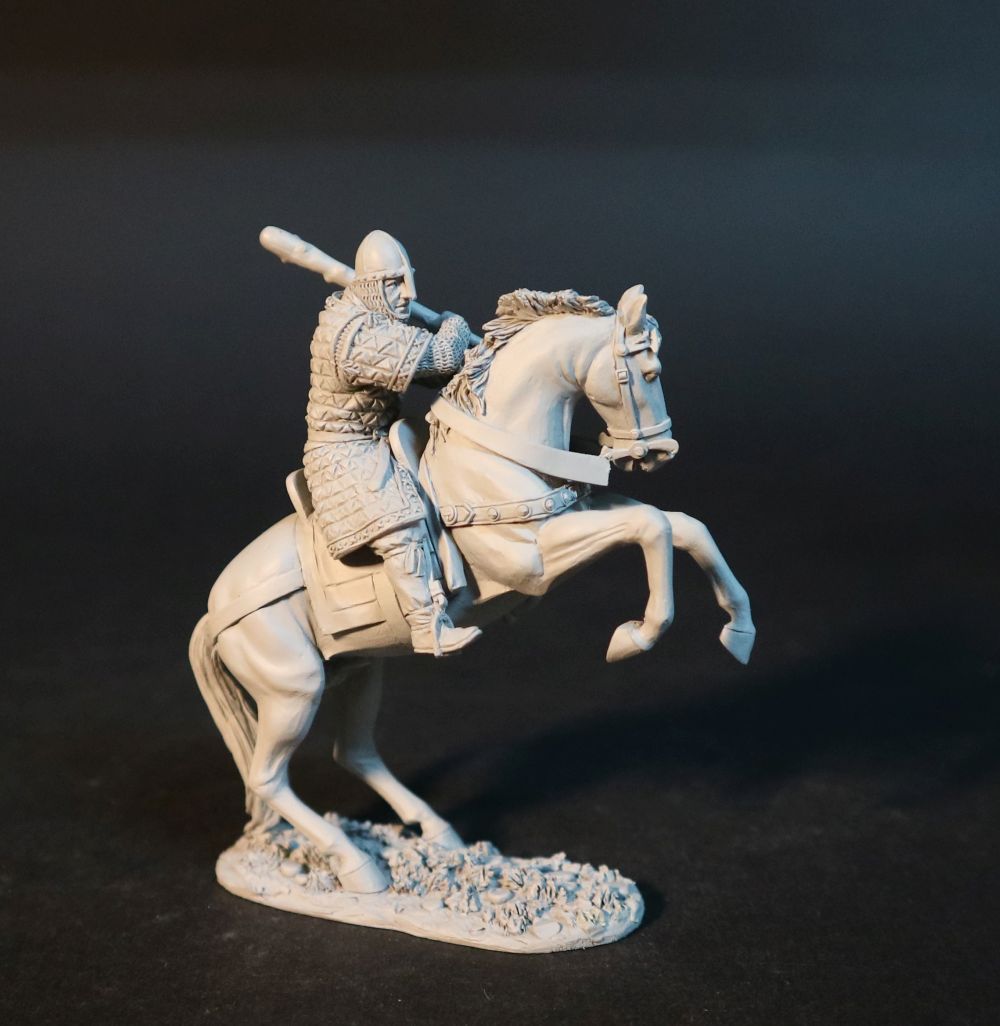
Although Odo was an ordained Christian cleric, he is best known as a warrior and statesman. He funded ships for the Norman invasion of England and is one of the very few proven companions of William the Conqueror known to have fought at the Battle of Hastings in 1066.
The Bayeux Tapestry which was probably commissioned by him to adorn his own cathedral, appears to make the point that he did not actually fight, that is to say shed blood, but rather encouraged the troops from the rear.
The Latin annotation embroidered onto the Tapestry above his image reads, “Hic Odo Eps Baculu Tenens Conortat Pueros”, “Here Odo the Bishop holding a club strengthens the boys”.
It has been suggested that his clerical status forbade him from using a sword, although this is doubtful. The club was a common weapon and used often by leaders including the Duke William himself, as also depicted in the same part of the Tapestry.

In 1067, Odo became Earl of Kent, and for some years he was a trusted royal minister. On some occasions when William was absent (back in Normandy) he served as regent of England, and at times he led the royal forces against rebellions (eg, the Revolt of the Earls).
During this time, Odo acquired vast estates in England, larger in extent than anyone except the king. He had land in twenty three counties, primarily in the south east and in East Anglia.
EUROPEAN ALLIED INFANTRY
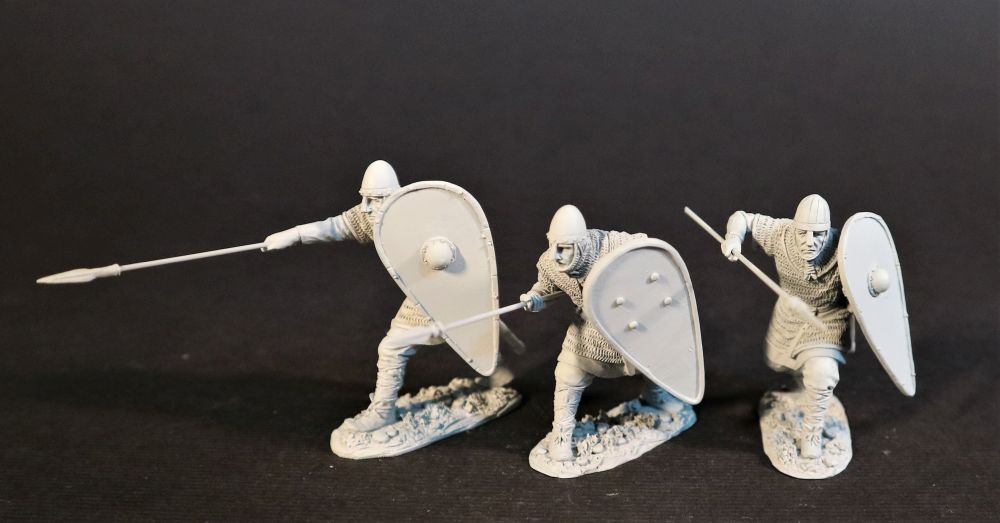
European allied infantry are recorded as fighting at Hastings, although none are shown in the tapestry. Their equipment was identical to to that of knights, and some may indeed have been dismounted knights.
These are believed to be mercenaries who favoured foot combat, probably Swabians, Old Saxons or other northern Germans
Eustace II, Count of Boulogne

Eustace II, Count of Boulogne (c. 1015 – 1087) also known as Eustace aux Grenons (Eustace with long moustaches) was the Count of Boulogne from 1049 – 1087. He fought on the Norman side at the battle of Hastings, and was an important participant in the Norman conquest of England.
Sources vary regarding the details of his conduct during the Battle of Hastings, but it must have been significant as afterwar the battle he received large grants of land. It has also been suggested that Eustace was the patron of the Bayeux Tapestry.
FRENCH INFANTRY

French Infantrymen of this period that accompanied the Norman army at Hastings were armed with spear and shield, which were the standard arms of the general levy. The winged spearhead is derived from the Carolingian period, the function of the wings was to prevent the spear head from penetrating too far.
ALAN RUFUS AND STANDARD BEARER
Alan Rufus (c. 1040 -1093) was a Breton nobleman, cousin and companion of William the Conqueror during the Norman conquest of England.
He was the second son of Eozen Penteur, a Count of Brittany, and an older maternal first cousin of Edward King of England.
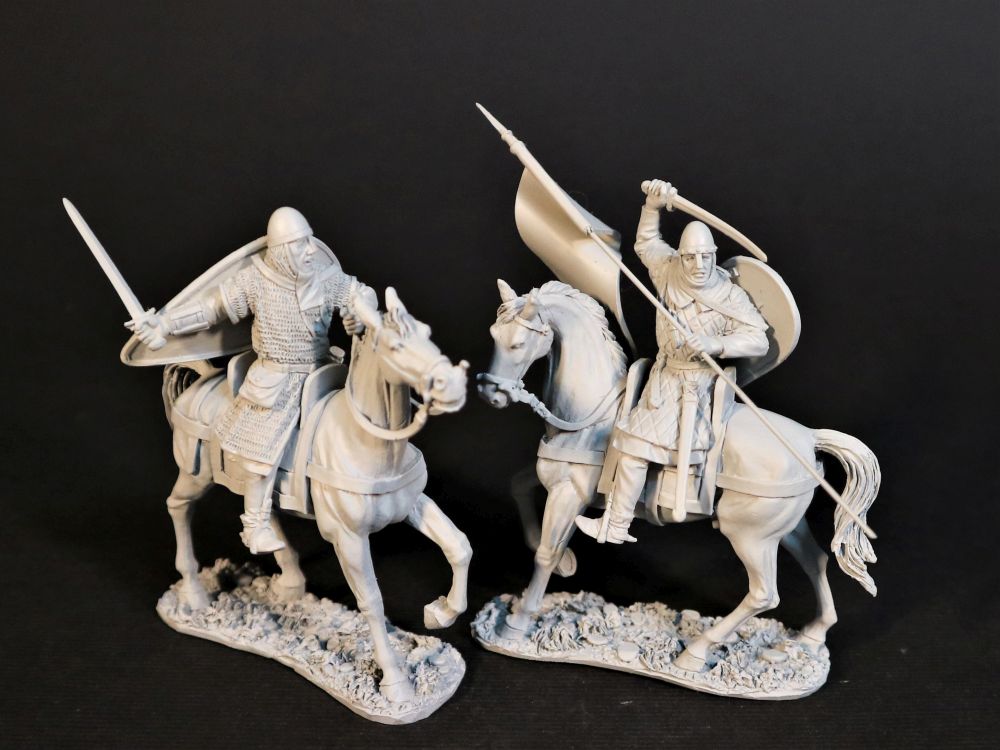
During the Battle of Hastings, there is evidence that Alan Rufus led William’s Household Knights whilst Alan’s brother Breon led the left wing. This put Alan in the perfecr position to co-ordinate feints with his brother. Breon would draw the inexperienced Saxon fyrdmen forward, and the other would follow in behind and isolate the pursuing Saxons. This was a modification of tactics used by the Bretons for many years. An example being the Battle of Jengland AD851.
Several documents refer to Gyrth Godwinson, Harold’s younger brother and Earl of East Anglia, leading an assault on William’s position. William’s horse was cut down from under him, Gyrth seeing this moved to kill him, but someone stopped him, and Gyrth was killed instead. Without the experienced leadership of Gyrth at the front of the shield wall, and since Harold’s other younger brother Leofric Earl of Essex had already fallen, this probably proved decisive factor in the English defeat.
William’s chroniclers say he cut down Gyrth, but Domesday evidence tells us that one of William’s Breton allies rode to his rescue, either Ralph “the Staller”, or Alan Rufus.
Alan Rufus, and many of the Breton Knights were to be granted considerable land holdings by William the Conqueror in return for their services.
Rufus would receive land in Northern England and later he would build Richmond Castle. Many of Alan Rufus’s early acquisitions in England included many land titles that had been in the possession of King Harold’s wife Edith the Fair, including all but one of her holdings in Cambridgeshire.
By 1086 Alan had become one of the richest and most powerful men in England.
BRETON INFANTRY

Although there are some references to Breton infantry at Hastings, they seemed to have been depended so exclusively on cavalry that the infantry were known as being very poor. There is very little known during this period of the Bretons fighting on foot, a source around 1120 records Bretons as being seven times better fighting on horse than on foot.
The Norman Crossbow will be coming soon
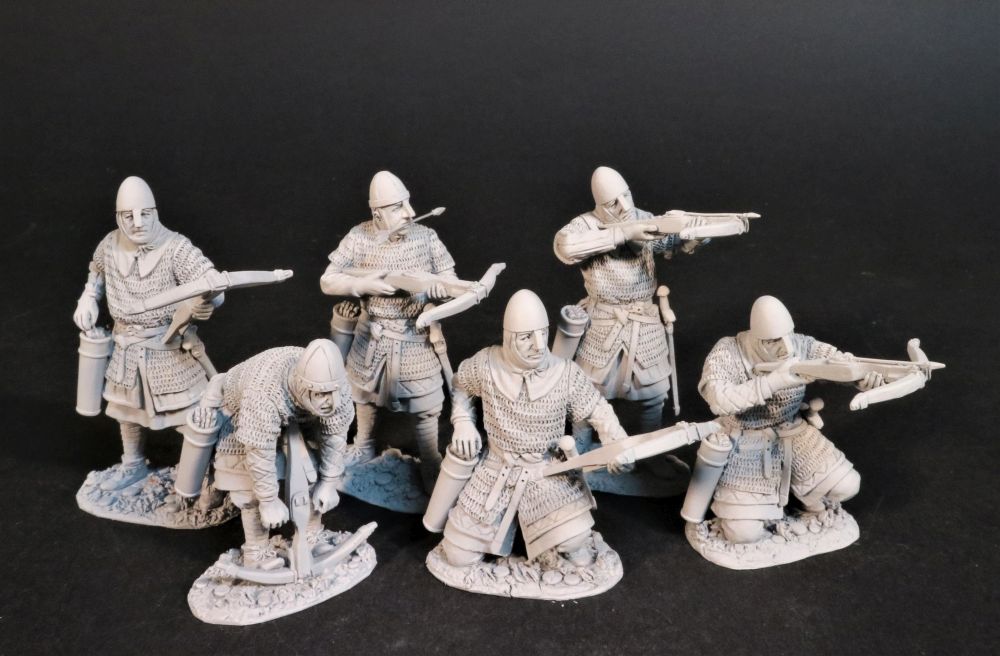
A couple of Norman Knights are still waiting to be produced….
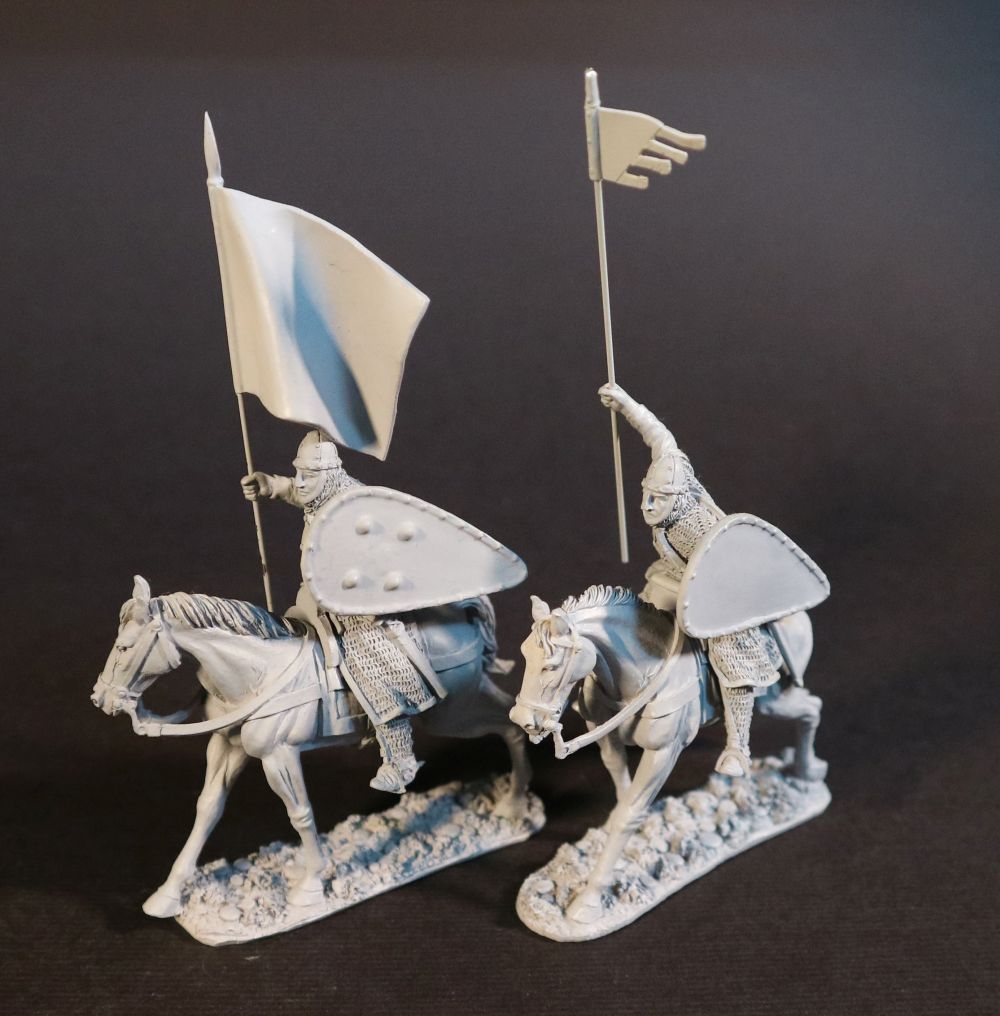
And finally…… a new action pose, for WILLIAM DUKE OF NORMANDY
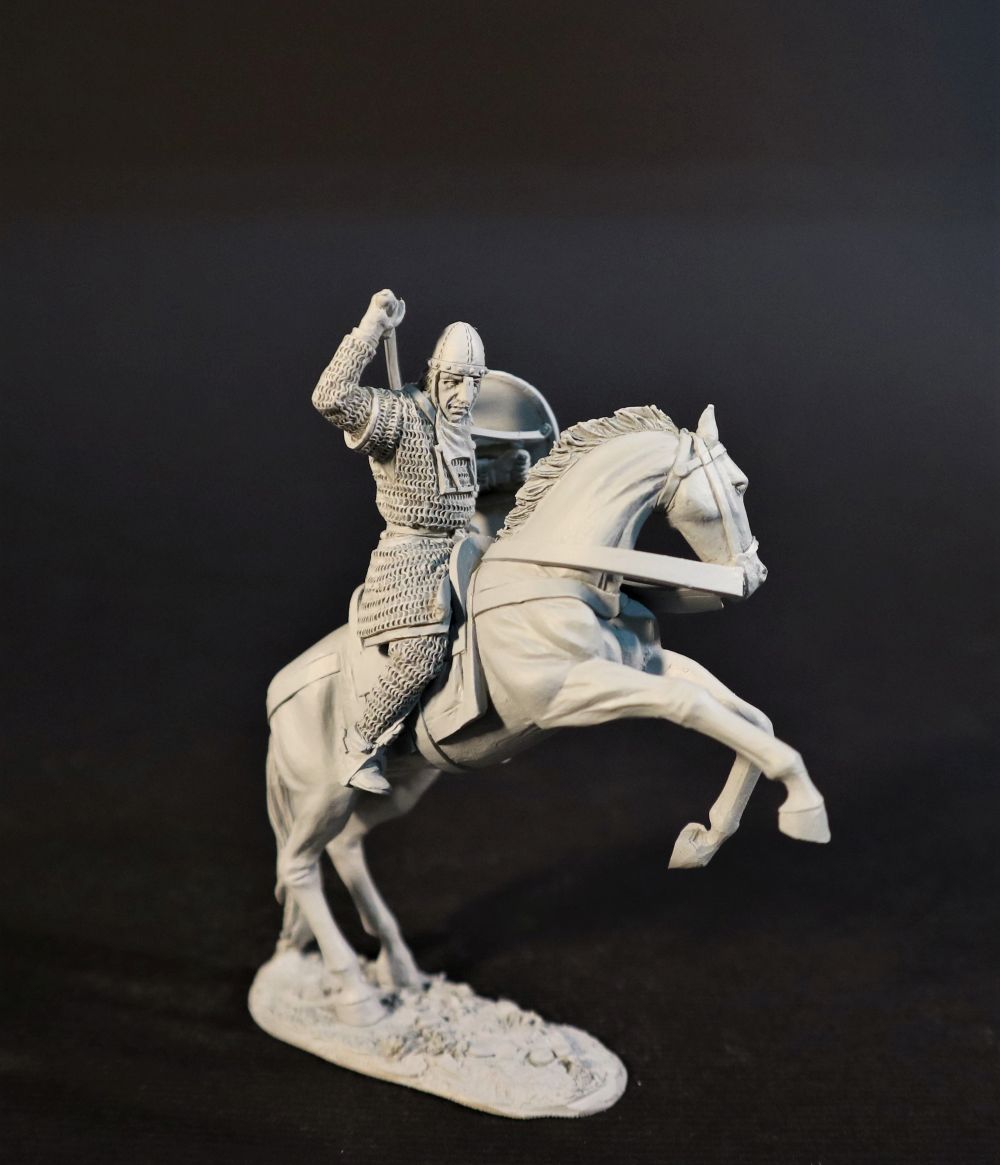
Please note these will be the final pieces for the Norman Army
